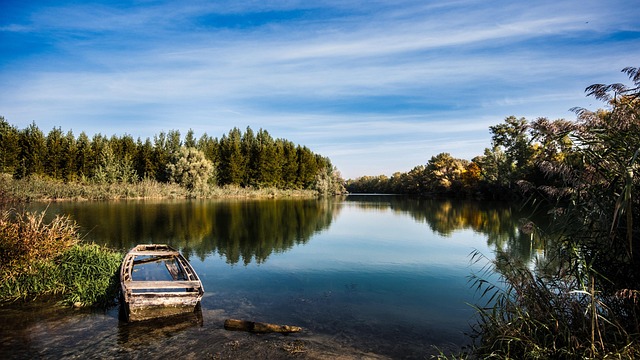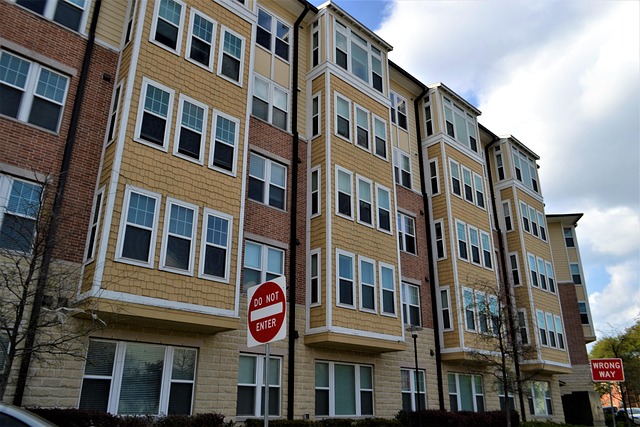Cycle to Sustainability: Green Technologies for Carbon Neutral Soil Quality Protection
In a world where environmental concerns are more pressing than ever, the concept of sustainable development has gained enormous traction. It serves as a guiding principle for individuals and communities looking to minimize their ecological footprint while enhancing our planet’s health. One key aspect of this endeavor revolves around soil quality protection, the very foundation of life on Earth, which sustains agriculture, preserves biodiversity, and supports ecosystems.
When we think of sustainability, it often conjures images of renewable energy or eco-friendly transportation. However, it is crucial to acknowledge that our soil is not merely a passive resource. In fact, maintaining soil health is vital for carbon sequestration, as rich, fertile soil can capture and store carbon dioxide, playing an instrumental role in our fight against climate change. The journey to a sustainable future must therefore include robust strategies aimed at enhancing soil quality and protecting it from degradation.
Green technologies offer a myriad of solutions that contribute to carbon neutral practices essential for soil quality protection. These innovations range from bioengineering methods that improve crop resistance to erosion, to precision agriculture that minimizes chemical usage and maximizes soil rejuvenation. For instance, utilizing advanced sensors and data analytics helps farmers make informed decisions that improve crop yields without compromising soil integrity.
Additionally, regenerative agriculture has emerged as a transformational approach that prioritizes soil health. By embracing techniques like cover cropping, crop rotation, and agroforestry, we can enhance soil structure and nutrient content while preserving existing ecosystems. These practices not only protect the soil but also significantly reduce greenhouse gas emissions, creating a symbiotic relationship between agricultural production and environmental stewardship.
Moreover, the adoption of technology like vertical farming and hydroponics represents a paradigm shift in our approach to agriculture, allowing for soil-less cultivation that minimizes land use while maximizing output. Such green technologies pave the way for urban areas to contribute to soil quality protection, helping to reduce pollution and restore natural habitats.
To further bridge the gap between technology and community engagement, education plays a pivotal role. By fostering awareness of soil quality protection and sustainable practices, we empower individuals to become stewards of their land. Workshops, community gardens, and local initiatives can serve as platforms for collaboration and innovation, as everyone plays a part in nurturing our environment.
In the cycle of sustainability, it is our responsibility to realize that soil is more than just dirt. It is a living, breathing ecosystem that requires our attention and care. By utilizing green technologies, enhancing our knowledge, and adopting environmentally friendly practices, we can ensure that soil quality protection becomes an integral part of our sustainable future.




